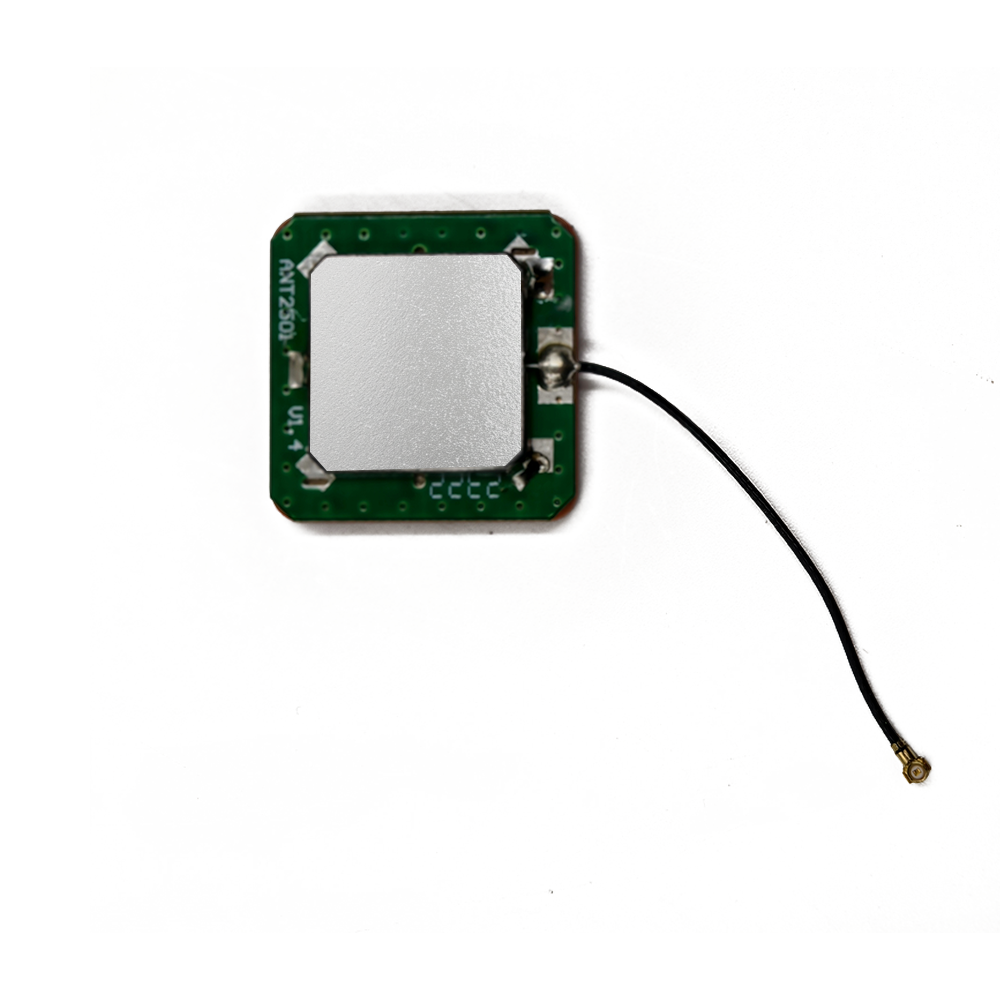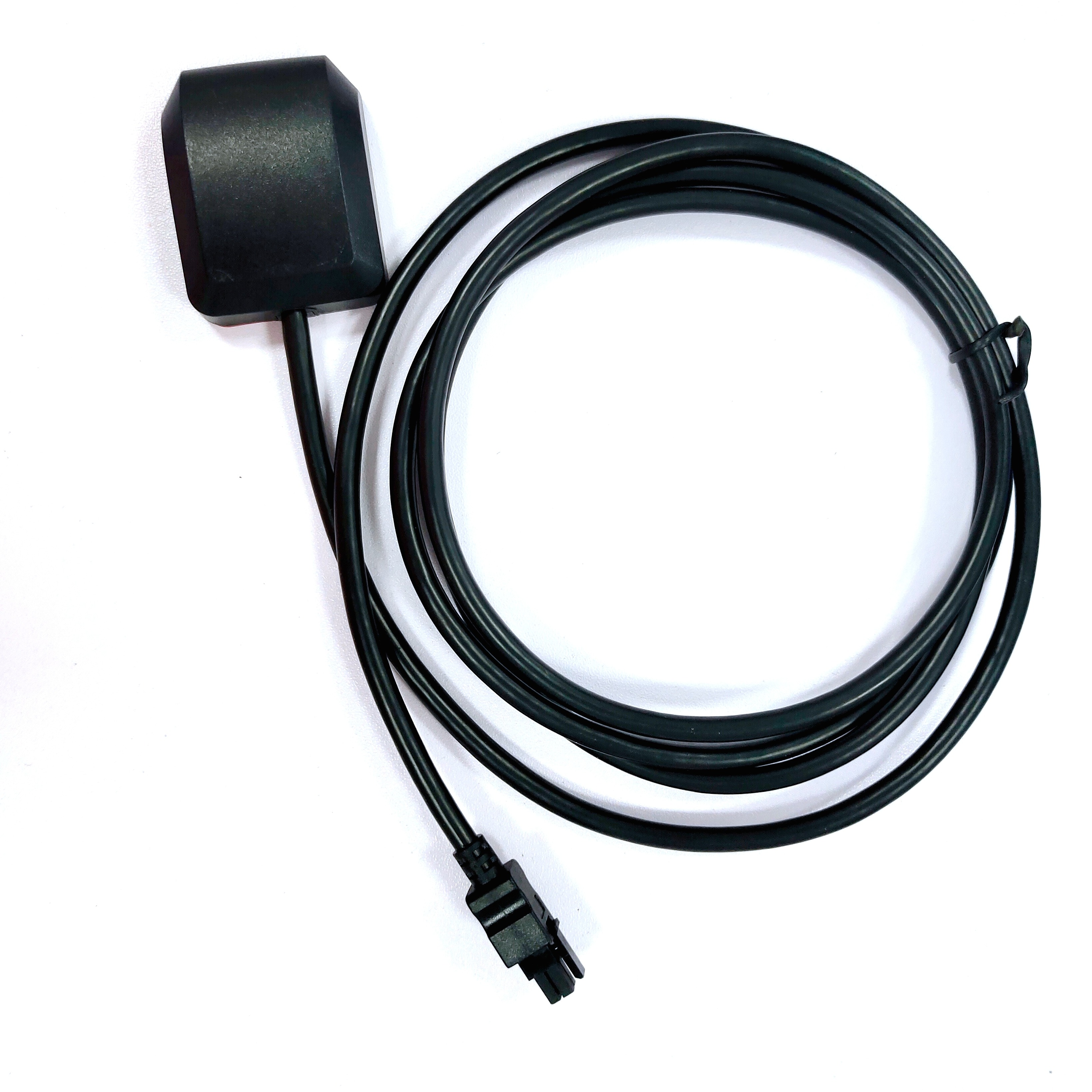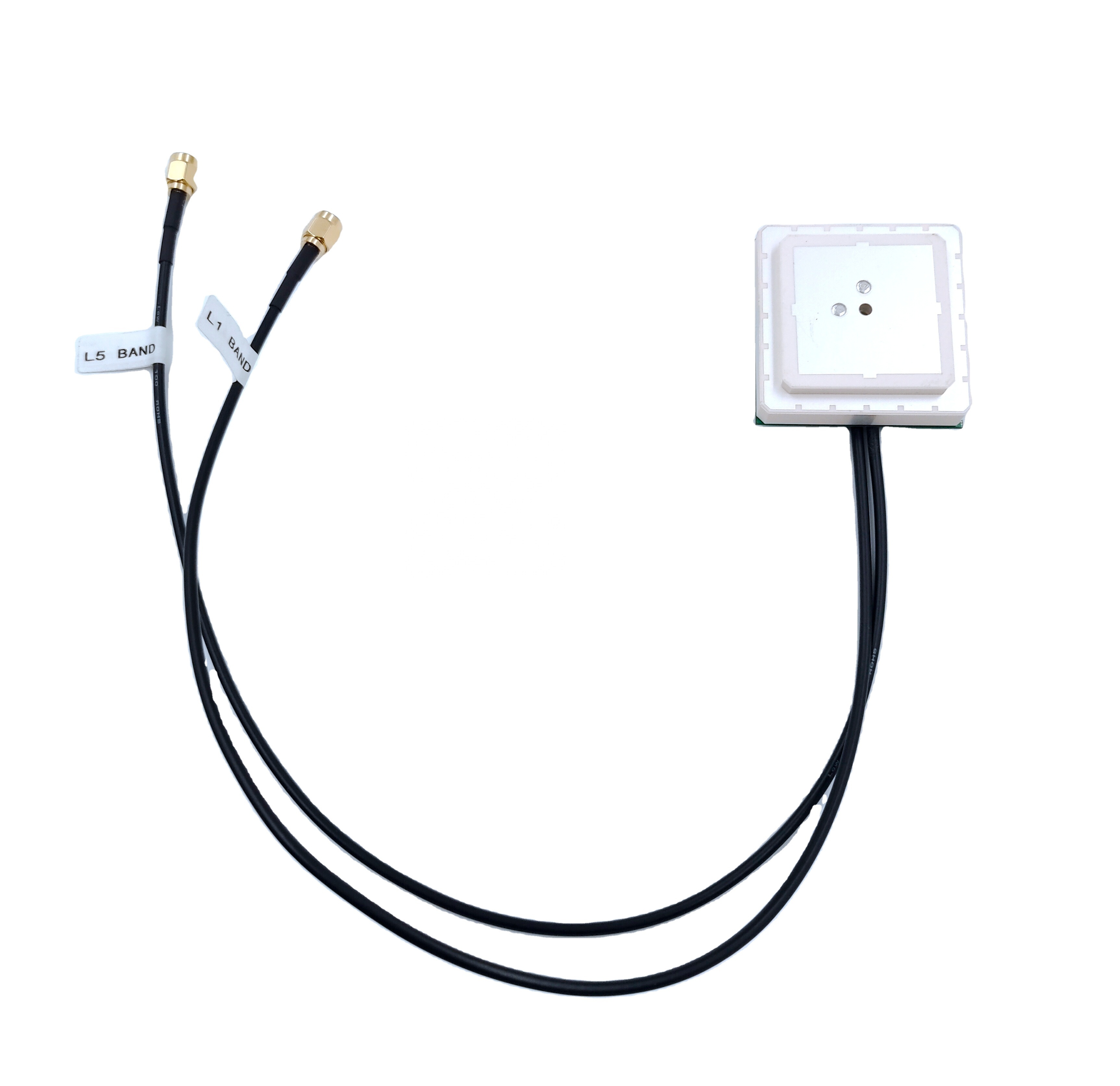Overview
GPS, a satellite - based navigation system developed by the United States, and GLONASS, its Russian counterpart, function by transmitting signals from a constellation of satellites orbiting the Earth. These signals carry vital information about the satellites' positions and time, which receivers, such as the GPS Glonass 4G ceramic chip antenna, use to calculate their precise location through a process known as trilateration. By incorporating both systems, the antenna can access signals from a larger number of satellites, significantly improving the reliability and accuracy of positioning, particularly in challenging environments where signal reception may be obstructed, such as urban canyons or dense forests.
The 4G functionality of the antenna enables rapid data transfer, allowing tracked devices to transmit location data in real - time. This is crucial for applications that demand immediate access to location information, such as fleet management, asset tracking, and personal safety devices. The ceramic chip, prized for its excellent electrical properties, including a high dielectric constant, enables the miniaturization of the antenna without sacrificing performance. This makes it suitable for integration into various devices, ranging from compact wearables to large - scale vehicles, thereby expanding its usability across different industries.
Design and Construction
The design and construction of the GPS Glonass 4G ceramic chip antenna involve a meticulous blend of advanced engineering and material science. The ceramic chip, the core of the antenna, is engineered to resonate at the frequencies of both GPS/GLONASS satellite signals and 4G cellular bands.
Ceramic materials, such as barium titanate - based ceramics, are chosen for their high dielectric constant and stable electrical properties over a wide range of temperatures and frequencies. The chip's design often features a multi - layer structure, with each layer serving a specific function, including impedance matching, radiation pattern control, and frequency selection. Complex geometries, such as fractal patterns or slot - loaded structures, are incorporated to create multiple resonant modes, enabling the antenna to operate efficiently across diverse frequencies.
In addition to the ceramic chip, the antenna integrates several key components. Low - noise amplifiers (LNAs) are employed to boost the weak satellite signals while minimizing noise, a critical step in ensuring accurate positioning. High - performance GPS and GLONASS receiver modules decode the satellite signals and calculate the device's location. A 4G transceiver module manages the transmission and reception of 4G signals, handling tasks such as network connection establishment, data modulation, and demodulation. Filters are integrated into the signal paths to reject unwanted frequencies and interference, ensuring reliable operation.
The antenna's packaging is designed to protect against physical damage, environmental factors, and electromagnetic interference. For consumer - oriented devices, lightweight plastic enclosures are commonly used, offering a balance between protection and cost - effectiveness. In more rugged applications, such as industrial tracking, metal - based packaging may be preferred for its superior shielding and durability. The antenna is designed with standard interfaces, such as surface - mount technology (SMT) footprints or connector - based interfaces, for easy integration with the host device's printed circuit board.
Working Principles
The operation of the GPS Glonass 4G ceramic chip antenna encompasses two primary processes: satellite signal reception and processing, and 4G signal transmission and reception.
For GPS and GLONASS, the ceramic chip antenna captures weak satellite signals. When the frequency of the incoming signals aligns with the chip's resonant frequency, electromagnetic energy is converted into electrical signals. These signals are then amplified by low - noise amplifiers, filtered to remove interference, and fed into the receiver modules. The receiver modules decode the signals, extract navigation data, and use trilateration (for GPS) and similar principles (for GLONASS) to calculate the device's location in three - dimensional space. Combining data from both systems further enhances the accuracy of the positioning.
In the case of 4G operation, when the device needs to transmit location data, the 4G transceiver module modulates the data onto a carrier signal at the appropriate 4G frequency and sends it to the antenna for transmission. When receiving data, the antenna captures the incoming 4G signals, which are then demodulated by the transceiver module to retrieve the original data. The transceiver also manages the connection to the 4G network, handling tasks such as negotiating data transfer rates and error correction.
To prevent interference between the satellite navigation and 4G functions, the antenna design incorporates isolation techniques, and the device's operating system may coordinate their operation to optimize power consumption.
Advantages and Challenges
-
The GPS Glonass 4G ceramic chip antenna offers several notable advantages for tracking applications. Its dual - system positioning with GPS and GLONASS ensures high - accuracy location data, even in areas with poor signal quality. The 4G connectivity enables real - time data transmission, providing immediate access to tracking information, which is invaluable for applications like fleet management, where timely updates can optimize routes and improve operational efficiency.
The use of ceramic material allows for antenna miniaturization, making it suitable for integration into a wide range of devices. Moreover, ceramic's excellent thermal and mechanical stability ensures reliable operation under various environmental conditions, from extreme temperatures to high humidity.
However, the antenna also faces several challenges. Interference management is a significant issue, as it operates across multiple frequency bands, increasing the risk of interference between GPS/GLONASS and 4G signals, as well as from external sources. Managing the power consumption of the integrated functions is crucial, especially for battery - powered devices, to ensure extended operation. Additionally, ensuring compatibility with different device platforms and operating systems requires extensive testing and optimization to guarantee seamless functionality.
Applications and Future Trends
-
The GPS Glonass 4G ceramic chip antenna finds extensive applications in various tracking scenarios. In fleet management, it enables real - time monitoring of vehicle locations, allowing managers to optimize routes, reduce fuel consumption, and improve delivery schedules. Asset tracking companies use it to monitor the movement of valuable assets, such as containers and equipment, enhancing security and operational efficiency.
For personal safety, the antenna can be integrated into wearables or personal tracking devices, enabling users to send their location in case of an emergency. In the Internet of Things (IoT) domain, it is employed in sensors for applications like wildlife tracking and environmental monitoring, where accurate and continuous location data is essential.
Looking ahead, future trends for this antenna include further miniaturization, driven by advancements in manufacturing techniques and materials. The integration of artificial intelligence (AI) and machine learning (ML) algorithms will optimize antenna performance in real - time, predicting and mitigating interference. As 5G technology becomes more widespread, antennas will need to be upgraded to support faster data transfer rates and seamless connectivity across different network generations. Additionally, the development of multi - functional antennas with integrated Bluetooth, Wi - Fi, and sensor capabilities will enhance their versatility and functionality.
Conclusion
The GPS Glonass 4G ceramic chip antenna has emerged as a pivotal component in the tracking industry, offering a powerful combination of accurate positioning and high - speed data transmission. Its innovative design, featuring ceramic chip technology and the integration of multiple systems, provides numerous advantages for a wide range of tracking applications.
However, challenges such as interference management, power consumption, and compatibility must be addressed to facilitate broader adoption. With the advent of new technologies and trends, the antenna is poised to evolve further, enabling more intelligent, efficient, and reliable tracking solutions across various industries. As the demand for accurate and real - time location information continues to grow, the GPS Glonass 4G ceramic chip antenna will undoubtedly play an increasingly important role in shaping the future of tracking technology.




































































 Language
Language
 En
En Cn
Cn Korean
Korean

 Home >
Home > 







 18665803017 (Macro)
18665803017 (Macro)













